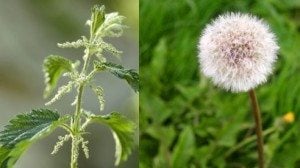Farmer’s Guide to Trucking Regulations available to Ohio Farm Bureau members
The guide includes a farm driver checklist, overview of state and federal regulations and exemptions, CDL qualifications and more.
Read More
No garden is without weeds. A weed is simply any plant that is growing and unwanted; for example, grass in the lawn is lovely but grass in the garden bed is a weed. Sometimes seeds from wanted plants will spread and the seedlings will appear elsewhere in the garden and become weeds. Plants are sometimes dubbed “garden volunteers” instead of “weeds” if they happen to be a welcomed surprise.
Annual weeds
Consider weeds as you would any other plant. Annual weeds have a life cycle of a year or less. Some annual weeds include crabgrass, common chickweed, lamb’s quarters, common ragweed, prostrate knotweed, purslane, henbit, and prickly lettuce. One way to control the spread of these annual weeds is by hand-pulling and cultivation. Another effective technique is the use of a pre-emergent herbicide like Preen®. Pre-emergent herbicides interrupt seed germination by keeping seedlings from emerging and growing. Crabgrass control, a commonly used pre-emergent, is applied in the spring because crabgrass germination is related to soil temperature. When using pre-emergents, besides reading and following the directions, it is important to not break the garden’s surface by pulling other weeds and to not plant anything else in the area that has been treated with the pre-emergent.
Biennial weeds
As opposed to annual weeds, biennial weeds grow roots and basal rosette leaves the first year, then flower and set seeds in the second year. This list includes wild carrot, wild parsnip, teasel, and common burdock. In the first year when they have only leaves, these weeds look rather interesting, but they must be removed from the garden before they flower and set seed. These can be pulled or hoed away or can be controlled with a pre-emergent or post-emergent herbicide. Post-emergent herbicides can be chemical products such as Roundup® or an environmentally safe, non-chemical like vinegar, and are applied to kill the weeds after they are up and growing. There are two types of post-emergent herbicides, selective and non-selective. The selective post-emergent, as the name indicates, only affects specific weeds, so consult the label to determine if it will control broad leaf plants (seen most of the time for the lawn) or grasses. Be cautious because broad leaf herbicides can severely damage wanted plants such as perennials, trees, and shrubs. A non-selective, post-emergent herbicide will kill all kinds of plants, both the wanted and the unwanted-only you, the applicator, can tell the difference. Always read and follow the label directions.
Perennial weeds
Perennial weeds are the toughest to get rid of as they can spread four different ways: seeds, stem cuttings, roots, and spreading stolons. The plant itself is there year after year, growing bigger and spreading. Perennial weeds include yellow nutsedge, Johnson grass, wild garlic, dandelions, stinging nettle, red sorrel, broadleaf dock, common pokeweed, ground ivy, and Canada thistle. Poison ivy is also lumped into this category, but due to the woody vine stem is also considered a woody perennial weed. Perennial weeds live for more than two years. They are best controlled by non-selective herbicides, including vinegar. For best control, spray in the spring when plants are young and tender or in the fall when plants are building up a food store in the roots for the winter. On extremely tough problematic weeds like thistles and poison ivy, it would be advisable to spray them weekly as each spray weakens the plant more until finally it dies.
Weed Suppression Alternatives
Organic mulch eliminates weeds without the use of chemicals while adding organic material to the soil. Mulch blocks weeds’ access to light and air, slowing their growth. Newspaper can also be used. First place a few layers down and then cover the paper with a two-inch layer of mulch. The newspaper not only suppresses the weeds but permits water to enter the soil, and eventually decomposes-another green alternative. Black plastic should only be used for a couple of months because though it smothers the weeds underneath, it doesn’t allow the soil to properly exchange moisture and air. Landscape fabric also stifles weeds, but allows water to be absorbed into the soil and is a more green option. Be aware that after a number of years weeds will be able to root into the decomposing top layer of mulch.
Pulling weeds in the garden, another environmentally friendly method, can actually be meditative. You can listen to the sounds of the garden, be it the birds, bees, the plants, or the neighborhood, and reconnect with the earth, thereby gaining a better understanding of your garden. After a couple of weeks the weeds become fewer and the garden becomes more beautiful. Remember to pull the weeds before they go to seed and not to get discouraged. Don’t let them win! Be vigilant with garden care, and in the end you will succeed.
Barbara Arnold is green corps coordinator at Franklin Park Conservatory.
How much vinegar?
Be careful as this is a nonselective herbicide and will kill any plant it touches (just like Round-up).


The guide includes a farm driver checklist, overview of state and federal regulations and exemptions, CDL qualifications and more.
Read More


Ohio Farm Bureau provides opportunities, platforms and resources to help you develop your voice in the industry and give farmers a seat at the table with leaders and legislators.
Read More
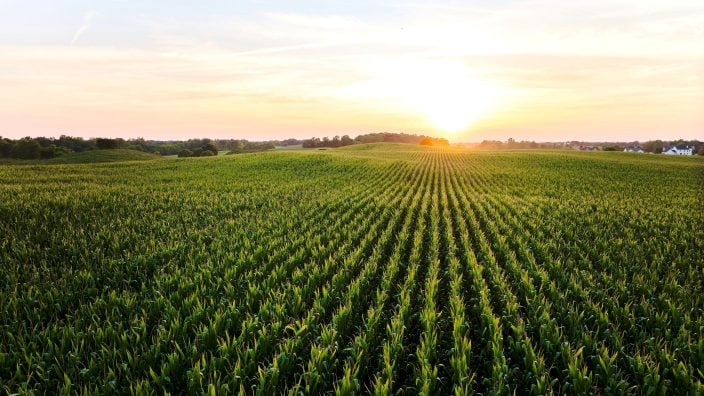
The emergency fuel waiver to allow the sale of summer gasoline blends containing 15% ethanol will lengthen the period during which Americans can continue buying E15 from June 1 to Sept. 15.
Read More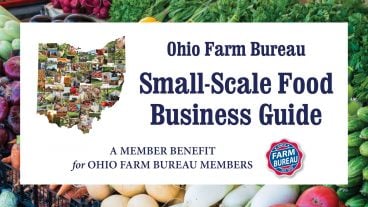
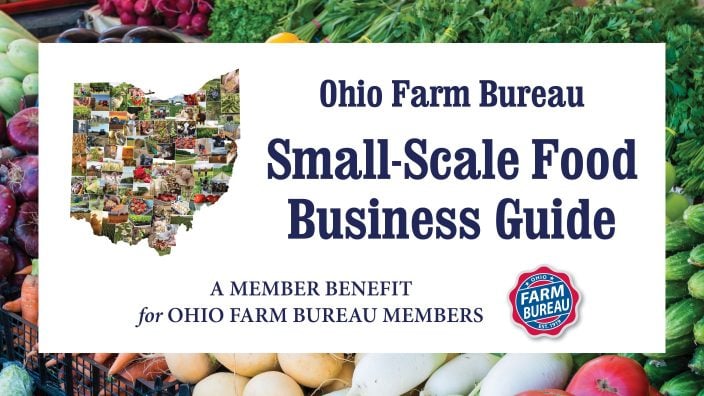
The Small-Scale Food Business Guide covers federal and state regulations for selling food products such as raw meat, dairy, eggs, baked goods, cottage foods, fruits and vegetables, honey and more.
Read More

New resources and technology are broadening the different types of sales tools and strategies available to farmers.
Read More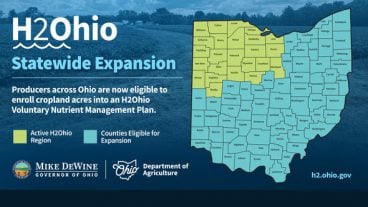

ODA will enroll 500,000 acres into the program for a two-week sign-up period, beginning April 22, 2024, through May 6, 2024. Contact local SWCD offices to apply.
Read More

Katie Share of Columbus has been named ExploreAg and Youth Development Specialist for Ohio Farm Bureau.
Read More

Mary Klopfenstein of Delphos has been named Young Ag Professional and Ag Literacy Program Specialist for Ohio Farm Bureau.
Read More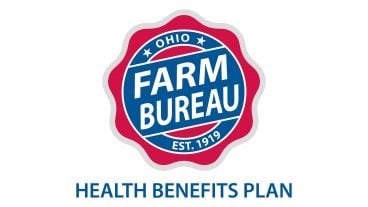
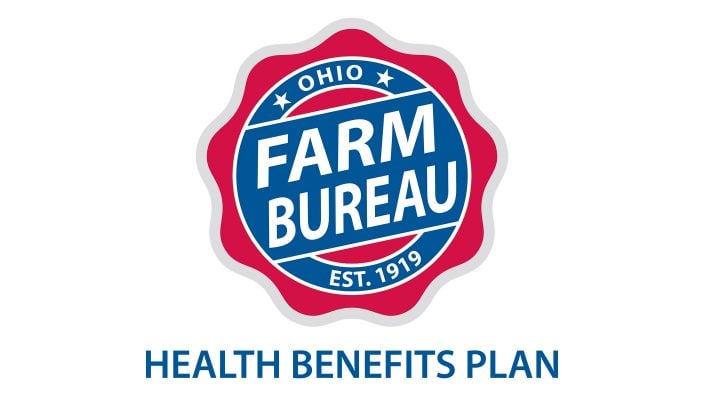
The plan has been updated to give sole proprietors access to more rate stability and a smart solution that offers potential savings on health care.
Read More

The American Farm Bureau Federation, in partnership with Farm Credit, is seeking entrepreneurs to apply online by June 15 for the 2025 Farm Bureau Ag Innovation Challenge.
Read More